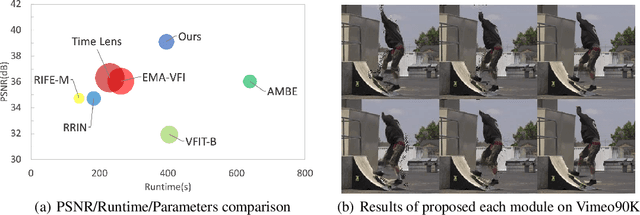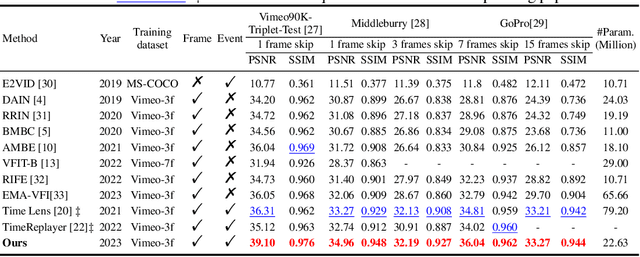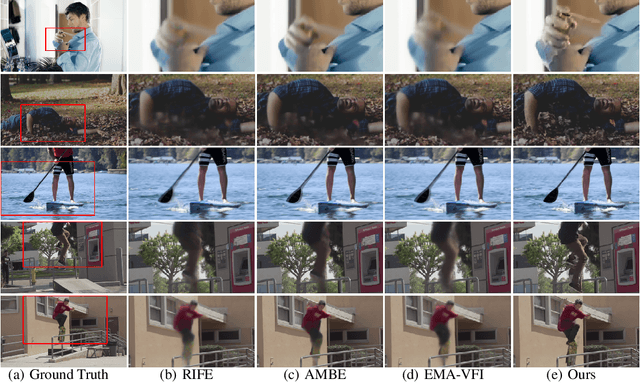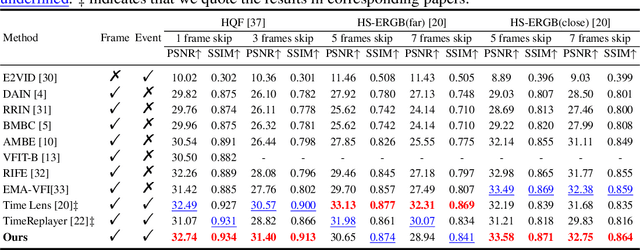Yuzhen Li
GRFormer: Grouped Residual Self-Attention for Lightweight Single Image Super-Resolution
Aug 14, 2024Abstract:Previous works have shown that reducing parameter overhead and computations for transformer-based single image super-resolution (SISR) models (e.g., SwinIR) usually leads to a reduction of performance. In this paper, we present GRFormer, an efficient and lightweight method, which not only reduces the parameter overhead and computations, but also greatly improves performance. The core of GRFormer is Grouped Residual Self-Attention (GRSA), which is specifically oriented towards two fundamental components. Firstly, it introduces a novel grouped residual layer (GRL) to replace the Query, Key, Value (QKV) linear layer in self-attention, aimed at efficiently reducing parameter overhead, computations, and performance loss at the same time. Secondly, it integrates a compact Exponential-Space Relative Position Bias (ES-RPB) as a substitute for the original relative position bias to improve the ability to represent position information while further minimizing the parameter count. Extensive experimental results demonstrate that GRFormer outperforms state-of-the-art transformer-based methods for $\times$2, $\times$3 and $\times$4 SISR tasks, notably outperforming SOTA by a maximum PSNR of 0.23dB when trained on the DIV2K dataset, while reducing the number of parameter and MACs by about \textbf{60\%} and \textbf{49\% } in only self-attention module respectively. We hope that our simple and effective method that can easily applied to SR models based on window-division self-attention can serve as a useful tool for further research in image super-resolution. The code is available at \url{https://github.com/sisrformer/GRFormer}.
IDO-VFI: Identifying Dynamics via Optical Flow Guidance for Video Frame Interpolation with Events
May 18, 2023



Abstract:Video frame interpolation aims to generate high-quality intermediate frames from boundary frames and increase frame rate. While existing linear, symmetric and nonlinear models are used to bridge the gap from the lack of inter-frame motion, they cannot reconstruct real motions. Event cameras, however, are ideal for capturing inter-frame dynamics with their extremely high temporal resolution. In this paper, we propose an event-and-frame-based video frame interpolation method named IDO-VFI that assigns varying amounts of computation for different sub-regions via optical flow guidance. The proposed method first estimates the optical flow based on frames and events, and then decides whether to further calculate the residual optical flow in those sub-regions via a Gumbel gating module according to the optical flow amplitude. Intermediate frames are eventually generated through a concise Transformer-based fusion network. Our proposed method maintains high-quality performance while reducing computation time and computational effort by 10% and 17% respectively on Vimeo90K datasets, compared with a unified process on the whole region. Moreover, our method outperforms state-of-the-art frame-only and frames-plus-events methods on multiple video frame interpolation benchmarks. Codes and models are available at https://github.com/shicy17/IDO-VFI.
 Add to Chrome
Add to Chrome Add to Firefox
Add to Firefox Add to Edge
Add to Edge